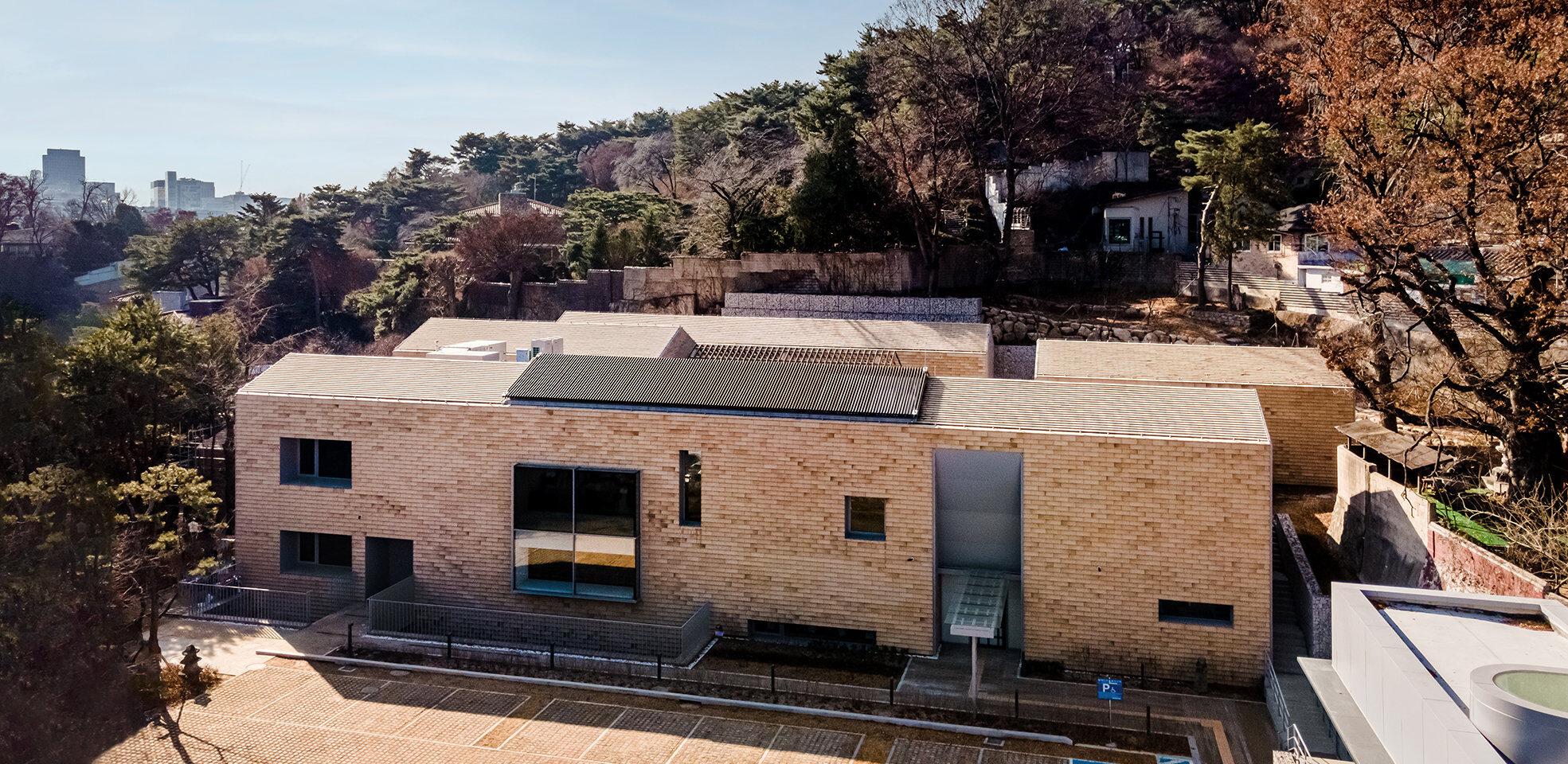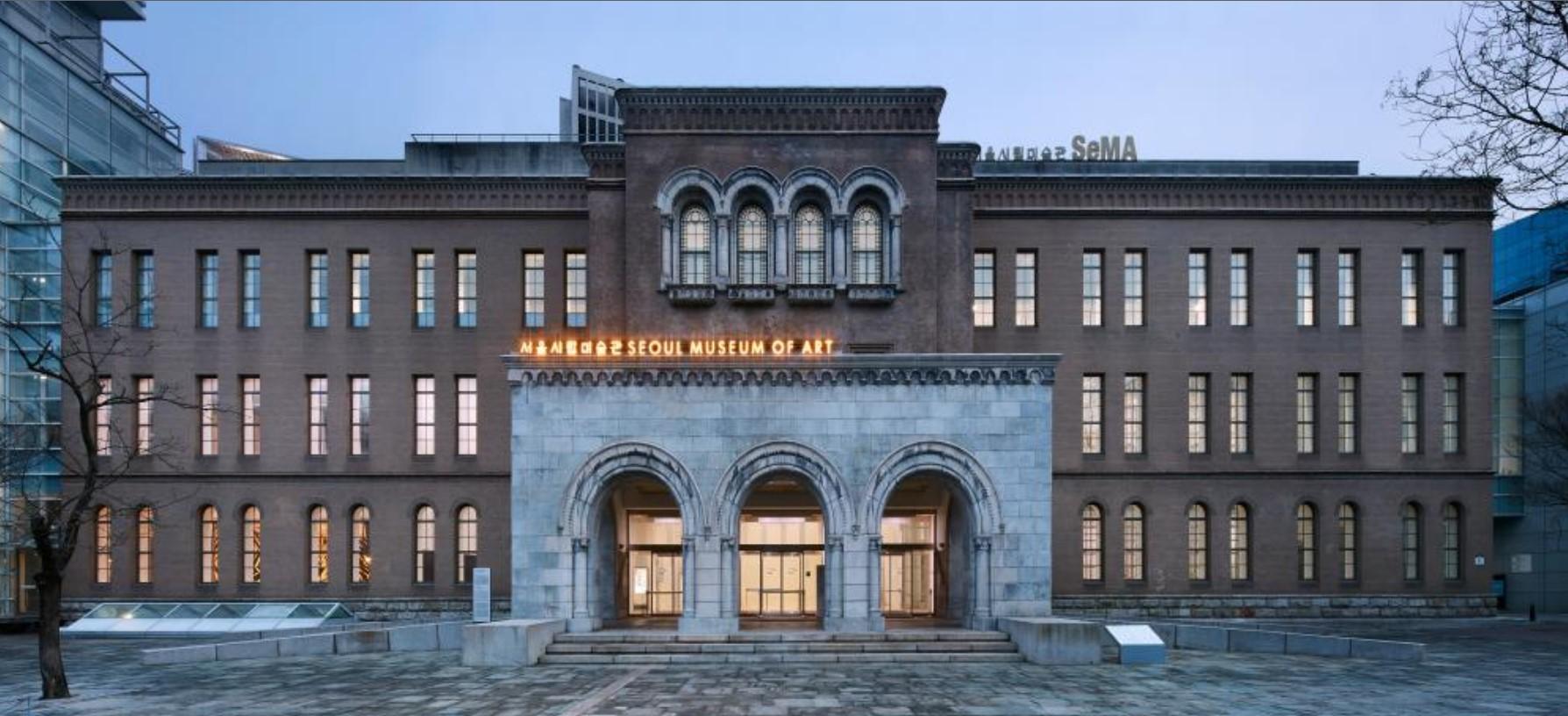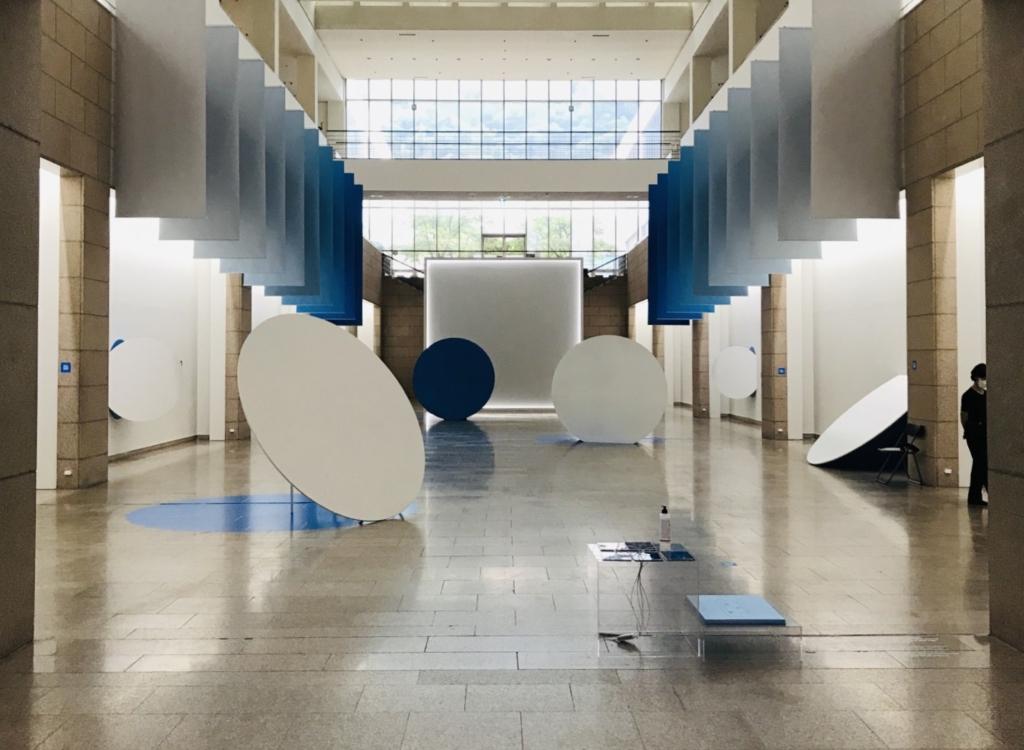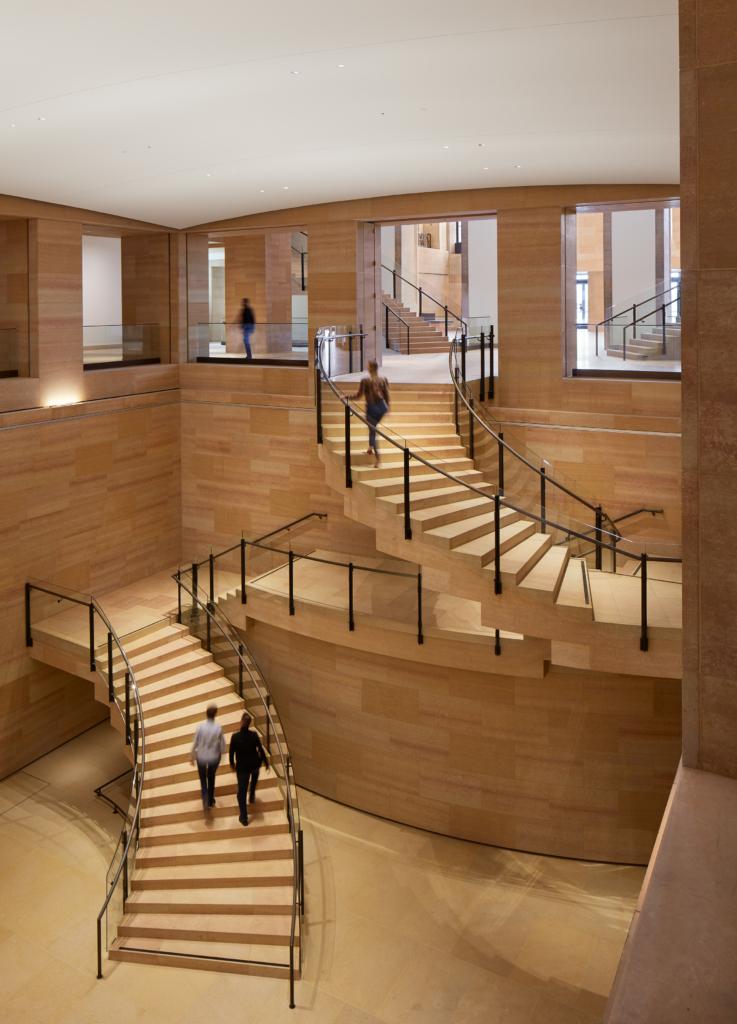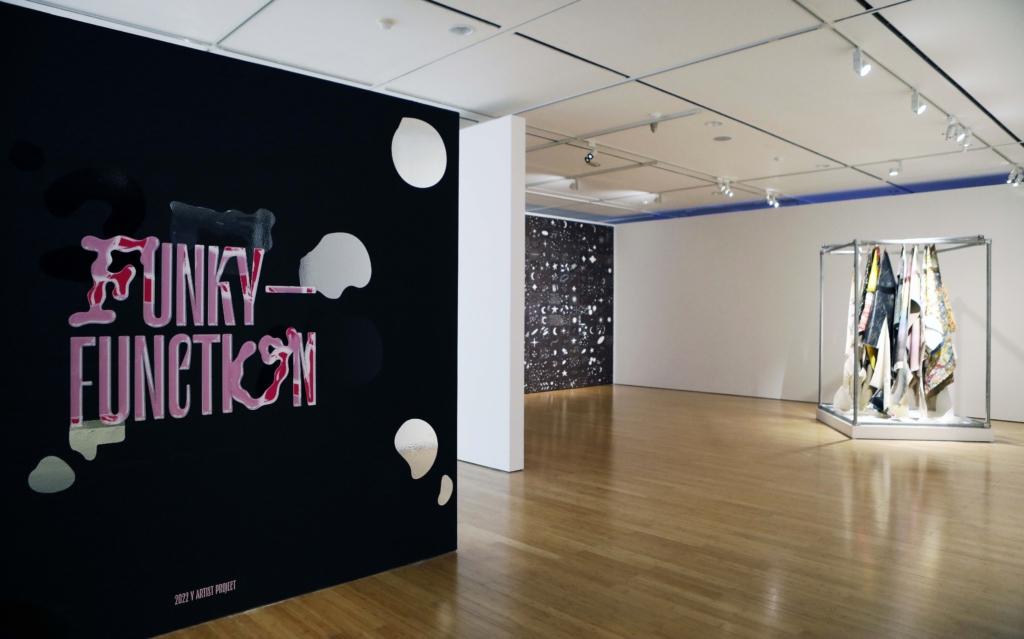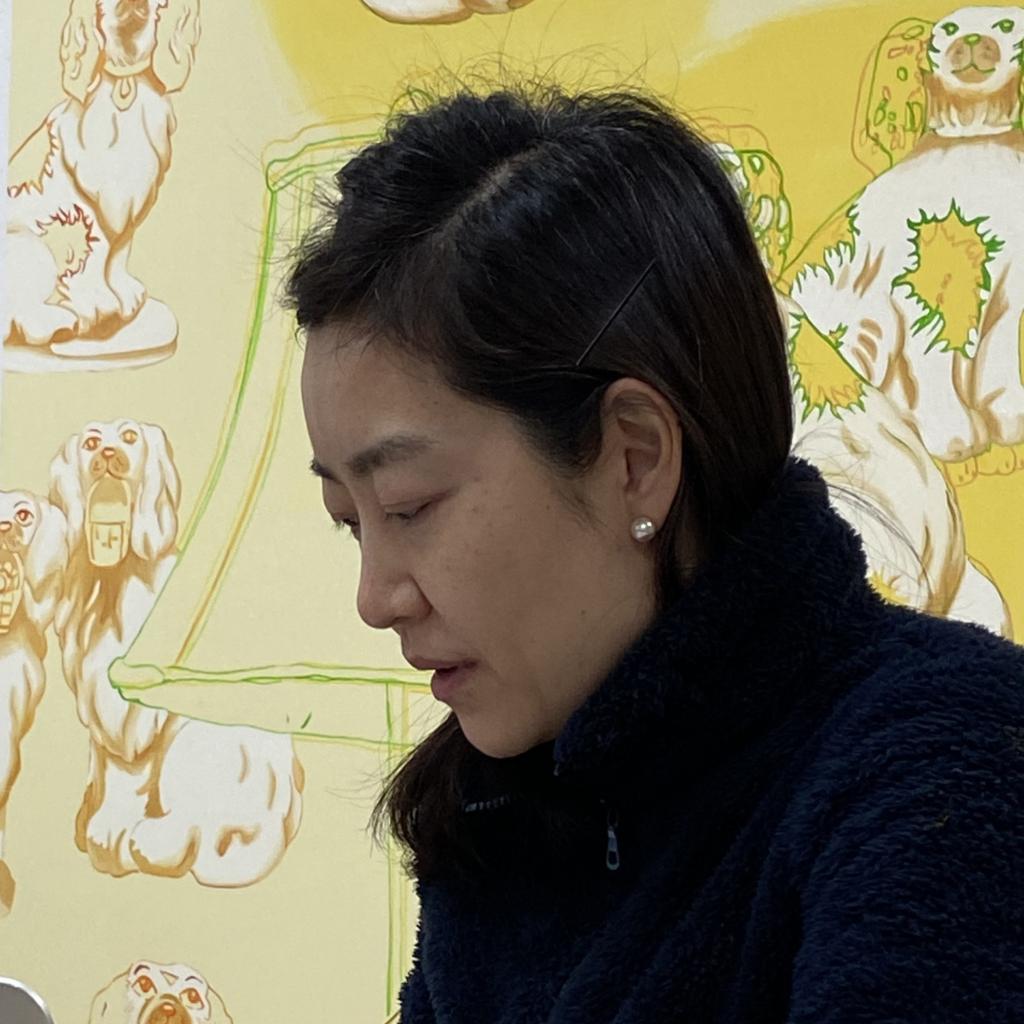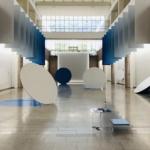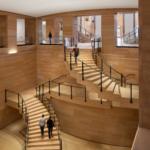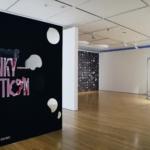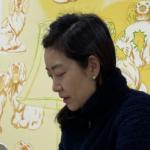Museum Hanmi & the Photographic Arts Center,
Two Museums Specializing in Korean Photography
The invention of photography brought about constant changes in art history, significantly altering how art was perceived and giving rise to new artistic movements. Perhaps photography’s art historical discourse is not as prevalent as that of other art forms, such as painting and sculpture, due to the unique characteristics that distinguish it from conventional art forms.
Photography has easily served as a medium for documenting the world and for commercial purposes. Since photography could depict the world with a simple click of a button, it was originally considered a mere skill rather than a form of art for a long time after its invention.
Photography first appeared in the 1820s and quickly gained popularity, but it took another 100 years for it to be acknowledged as an art form. In the United States, New York’s Museum of Modern Art (MoMA) began collecting modern photography in 1930. It established the department in 1940 and soon received the same consideration in Europe and beyond.
Photography first appeared in Korea in the 1920s, during the Japanese colonial period. The Japanese were the first to hold photography exhibitions in the country, but Koreans soon embraced the form and developed its history.
Photography: A New Attendance was one of the most noteworthy photography exhibitions held in 1988 at the Walker Hill Art Center. Participating artists were first-generation students who had studied abroad and introduced new ideas and practices to the genre by blending photography with other media and using unorthodox materials. This exhibition marked a significant turning point in the development of contemporary photography in Korea, creating a unique photography movement known as “making photos.”
Numerous exhibitions were held to experiment with the medium afterward, and various institutions and programs were established to support artists who work with photography, such as the Parkgeonhi Foundation, Ilwoo Foundation, GoEun Museum of Photography, and KT&G Sangsangmadang.
The Korean art world also made efforts to organize Korean photography history. In 1994, the Seoul Arts Center held The Flow of Korean Photography from 1945–1994, and the National Museum of Modern and Contemporary Art (MMCA) organized two different exhibitions in 1996 and 2016. However, these exhibitions were criticized for not having a clear enough standard to show the history of Korean photography as art and for not examining the new perspectives brought by the medium in greater depth.
As new art museums specializing in photography have opened or are planning to open in the near future, it is expected that consideration of the history of photography in Korea as contemporary art will be woven into a more diverse art-historical discourse.
Scheduled to open in 2024, the the Photographic Arts Center continues to build up its collection to better illustrate the history of the genre and preserve its historical background. Beginning on December 21, 2022, as a private art museum, Museum Hanmi will study the history of Korean photography in a wider, dedicated space.
Celebrating its 20th anniversary, the Museum of Photography in Seoul moved to a new building designed by architect Min Hyun Sik of Kiohun Architecture with a new name, Museum Hanmi. The museum was originally located in the Hanmi Pharmaceutical building in Songpa-gu, Seoul. Its new museum building, Museum Hanmi, opened in Samcheong-dong on December 21.
The museum’s name was changed to reflect its mission of encompassing all media related to the history of photographic art, from conceptual art to new media art, as well as its constantly changing role, form, and content in tandem with the development of technology.
The Museum Hanmi consists of three buildings, one basement floor and two floors above ground, with three exhibition halls, one hallway exhibition hall, storage, visible storage, a multi-hall, an art store, a cafe, a lounge, and a restaurant. Museum Hanmi in Samcheong-dong will serve as its main building, and its original location in the Hanmi Pharmaceutical building will serve as an art library.
The museum’s opening exhibition, Inside Out: A History of Korean Photography, 1929–1982, will be held from December 21, 2022, to April 16, 2023. The exhibition examines fifty years of Korean photography history and presents the historical contexts in which the genre evolved. The exhibition features approximately 200 photographs and photographic works by forty artists, as well as more than 100 archive materials. The museum will also open its visual storage to maximize public access to its collection.
Rather than merely focusing on photography as an art form, this exhibition examines the history of photography in Korea. However, the exhibition reveals significant historical facts that have had a profound impact on the modern and contemporary art of photography in Korea.
The exhibition presents the works of the late artist Jeong Hae-chang (1907–1968), who was the first Korean to hold a photography solo exhibition in Korea in 1929; various photographs from public and private photography contests and exhibitions from the 1930s to the 1970s, which laid the foundation for the photography genre to be recognized as an art; and archival materials from the Museum of Modern Art’s exhibition The Family of Man held at the Gyeongbokgung Museum of Art in 1957. (MoMA’s The Family of Man traveled to over 100 cities in 38 countries for seven years beginning in 1962, attracting about 300,000 visitors from Korea and 9 million from all over the world. The exhibition caused a great sensation among Korean contemporary artists.) The archives of photography exhibitions held in 1980 at national art museums reveal when and how photography works were first exhibited and collected in art museums.
In conjunction with the exhibition, related programs will be held to examine the history of photography art in Korea. The Museum Hanmi will host two talk programs with various experts in Korea to address the problems of the system and collection surrounding photography art.
A talk program discussing the development of Korean art photography is scheduled to be held on January 3, 2023, at 2:00 p.m. The program will discuss photography contests held from the Japanese colonial period to the 1980s, as well as the “International Photo Contest,” the “Dong-A Photo Contest,” and the “National Art Exhibition” of the 1950s and 1960s. This program will examine the historical evolution of Korean photography, how genres became institutionalized, and what the genre has achieved so far.
On February 11, 2023, at 2:00 p.m., another program will discuss photography collections in museums and the authenticity of photography. It will also cover how the genre is managed in Korean art galleries and museums, how these works are treated in the art market, as well as the issue of the authenticity of contemporary photography.
The Museum of Photography, Seoul, the predecessor of Museum Hanmi, opened in 2003 as an art museum specializing in photography. Hanmi Pharmaceutical Co., Ltd. established the Gahyeon Foundation of Culture to support and revitalize culture and the arts. Through exhibitions, education and exchange programs, research, and publications, the foundation fosters the growth of photography art by supporting a variety of artists. Over the past two decades, the museum has amassed a collection of 20,000 photographs and developed a storage system to effectively preserve them.
The the Photographic Arts Center, which will open in 2024 on the site of the Seoul Metropolitan Food Bank near Changdong Station in Dobong-gu, Seoul, is continuing to expand its collections. On the 18th, the Seoul Metropolitan Government announced that the museum has additionally collected 1,475 more works of modern and contemporary Korean photography and archival materials.
The museum, which began building its collection in 2020, is now securing a total of 14,000 pieces from the collection and building a database. The museum first acquired a group of artworks in 2020, focusing primarily on photographs from the 1950s and 1960s. In 2021, the museum collected Korean War records and works from the 1960s through the 1980s.
According to the museum, the collection includes not only works by artists who are currently active in the art world but also works by artists who have experimented with various forms, unannounced works by established photographers, and works by underrepresented and unrealized artists. These works were acquired due to their significance to the study of the history of Korean photography. Important artists include Jeong Hae-chang (1907–1968), Lim Suk Je (1918–1994), Jo Hyun-doo (1918–2009), Koo Bohnchang (b. 1953), and Hong Misun (b. 1960).
The Photographic Arts Center is the first public art museum to specialize in photography art, aiming to “establish a balanced history of Korean photography, respond flexibly to the rapidly changing characteristics of photographic media, and embrace professionalism, popularity, internationality, and locality of the medium.” The museum also works on digital archiving projects and the preservation and conservation processing of photographic works.
Even though the museum is not yet open, it has been holding different programs to share the process of its opening and find the right connection between “Korean,” “photography,” and “museum.” The museum has held an exhibition, The Printed World, at the Buk Seoul Museum of Art until October 21, introducing about 100 pieces from its collection, including major collections from the 1950s to the 1980s and contemporary works from the 2010s to the 2020s. The exhibition catalog can be viewed on the Seoul Metropolitan Library website.
In addition, on November 11 and 12, the museum held a two-day pre-opening program, The Museum Is (Not) Enough, to share the process of its construction, collection, exhibition, and educational research, as well as to consider the role of the museum required by the medium of photography.
Joo Yong-tae, the head of the Tourism & Sports Bureau of the Seoul Metropolitan Government, said, “We have made various efforts to build a collection specializing in photography covering the 1920s to the 2000s. We will continue to establish the history of Korean photography for 140 years before the museum opens and steadily secure works that embrace the expanded nature of photography and media changes.”
Aproject Company. Co., Ltd | Founder & CEO : Jay Jongho Kim
216 Dosan-Daero, B2F, Gangnam-gu, 06047 Seoul, Korea
Business Number : 894-88-01945
Contact : aproject.company@gmail.com
Mail-order-sales registration number : 제 2021-서울강남-04243 호












